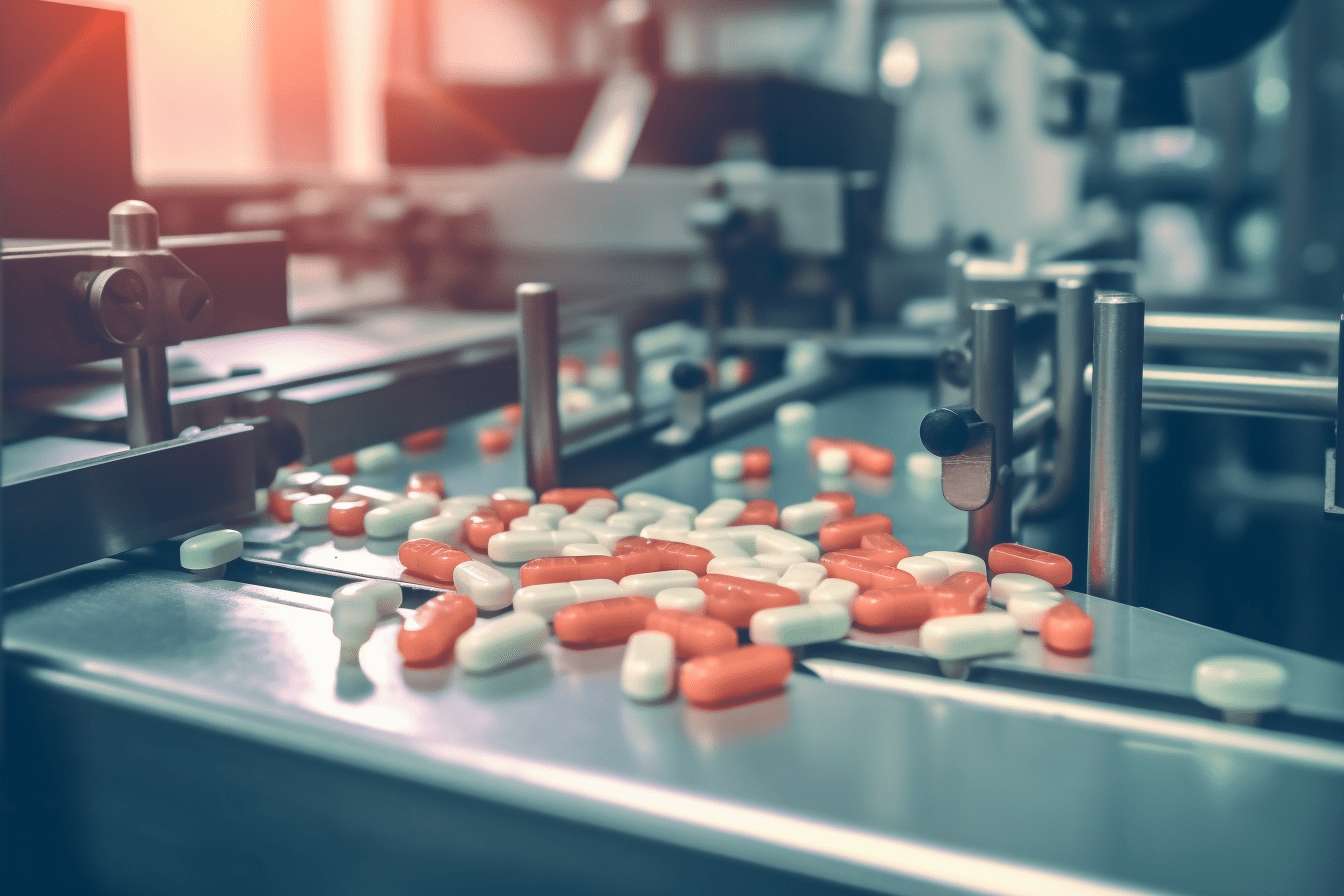In the fast-paced world of pharmaceutical manufacturing, efficiency isn’t just a desirable trait—it’s essential. The pharmaceutical industry operates under rigorous standards, with a critical need to balance speed, quality, and regulatory compliance.
As competition intensifies and market demands evolve, pharmaceutical manufacturers must adopt innovative strategies to enhance efficiency and ensure success. Here’s a closer look at top strategies for achieving streamlined success in pharmaceutical manufacturing.
1. Embrace Automation and Technology
Automation has revolutionized pharmaceutical manufacturing by significantly improving speed and accuracy. From automated dispensing systems to robotic process automation (RPA), technology reduces human error and increases production rates. Implementing advanced control systems and smart manufacturing technologies allows for real-time monitoring and adjustments, optimizing the manufacturing process.
Benefits:
- Reduced Errors: Automated systems minimize the risk of human errors in data entry and process execution.
- Increased Throughput: Automation accelerates production cycles and enhances overall output.
- Improved Data Accuracy: Real-time data collection ensures more accurate and reliable information.
2. Optimize Supply Chain Management
An efficient supply chain is crucial for pharmaceutical manufacturing. Streamlining supply chain management involves optimizing procurement, inventory management, and logistics. Utilize advanced forecasting tools to anticipate demand and adjust supply levels accordingly. Implementing just-in-time (JIT) inventory systems helps minimize waste and reduce carrying costs.
Benefits:
- Cost Savings: Efficient supply chain management reduces excess inventory and associated costs.
- Enhanced Flexibility: Improved supply chain agility allows for quicker response to market changes.
- Faster Time-to-Market: Streamlined logistics support faster product launches.
3. Implement Lean Manufacturing Principles
Lean manufacturing focuses on maximizing value while minimizing waste. By applying lean principles, pharmaceutical manufacturers can identify and eliminate inefficiencies in their processes. Techniques such as Value Stream Mapping (VSM) and 5S (Sort, Set in order, Shine, Standardize, Sustain) help streamline workflows and improve operational efficiency.
Benefits:
- Waste Reduction: Lean principles help identify and eliminate non-value-added activities.
- Improved Productivity: Streamlined processes lead to higher productivity and reduced production times.
- Enhanced Quality: Fewer errors and defects result in higher-quality products.
4. Foster a Culture of Continuous Improvement
A culture of continuous improvement drives ongoing efficiency gains. Encourage employees at all levels to contribute ideas for process enhancements. Implement Kaizen (a Japanese term meaning “change for better”) practices to foster a mindset of incremental improvements. Regularly review and update processes based on performance data and feedback.
Benefits:
- Employee Engagement: Involving employees in improvement efforts increases motivation and satisfaction.
- Sustained Innovation: Continuous improvement fosters a proactive approach to problem-solving and innovation.
- Increased Competitiveness: Regular updates and refinements help maintain a competitive edge.
5. Invest in Training and Development
Training and development are critical for maintaining efficiency in pharmaceutical manufacturing. Invest in comprehensive training programs to ensure that employees are skilled in the latest technologies and best practices. Regularly update training materials to reflect new advancements and regulatory changes.
Benefits:
- Enhanced Skills: Well-trained employees are more adept at handling complex processes and equipment.
- Compliance Assurance: Training ensures adherence to regulatory standards and reduces the risk of violations.
- Reduced Downtime: Skilled workers can quickly address and resolve issues, minimizing production downtime.
6. Focus on Quality Control and Assurance
Maintaining rigorous quality control and assurance standards is crucial in pharmaceutical manufacturing. Implementing comprehensive quality management systems (QMS) is key to overseeing and guaranteeing product quality throughout the production cycle.
Incorporating ultrasonic level sensors can enhance this process by providing precise measurements of material levels, which aids in consistent quality monitoring. Regular audits and inspections, supported by these advanced sensors, help detect and resolve potential issues before they affect the final product.
Benefits:
- Regulatory Compliance: Effective quality control ensures adherence to industry regulations and standards.
- Customer Satisfaction: High-quality products lead to greater customer trust and satisfaction.
- Reduced Rework: Effective quality assurance minimizes the need for costly rework and recalls.
7. Leverage Data Analytics
Data analytics provides valuable insights into manufacturing processes, allowing for data-driven decision-making. Utilize predictive analytics to anticipate potential issues and optimize operations. By analyzing production data, manufacturers can identify trends, monitor performance, and make informed adjustments.
Benefits:
- Improved Decision-Making: Data-driven insights lead to more informed and strategic decisions.
- Process Optimization: Analytics help identify inefficiencies and opportunities for process improvements.
- Enhanced Forecasting: Accurate data helps predict demand and adjust production schedules accordingly.
Conclusion
Efficiency in pharmaceutical manufacturing is achieved through a combination of advanced technologies, streamlined processes, and a commitment to continuous improvement. By embracing automation, optimizing supply chain management, applying lean principles, fostering a culture of improvement, investing in training, focusing on quality control, and leveraging data analytics, manufacturers can enhance their operational efficiency and drive success in a competitive market.
Implementing these strategies not only improves productivity and reduces costs but also ensures the delivery of high-quality products to the market. In the ever-evolving pharmaceutical industry, staying ahead requires a proactive approach to efficiency and innovation.

Laura Bennett is a vital member of The Jeep Diva team, handling all review and advertising inquiries. With a strong focus on the latest in celebrity news and entertainment, Laura ensures that each review is insightful and captivating. Her commitment to nurturing advertiser relationships keeps the blog lively and appealing. Outside of work, Laura loves discovering new media and engaging with readers to deliver unique and exciting content to The Jeep Diva audience.

